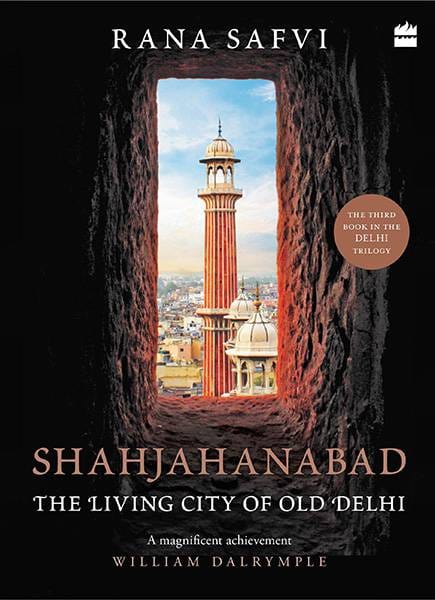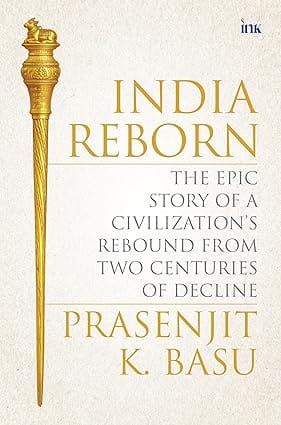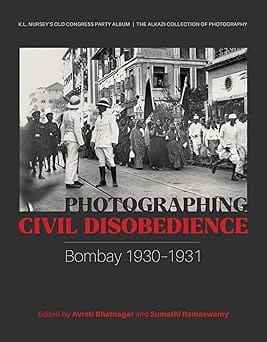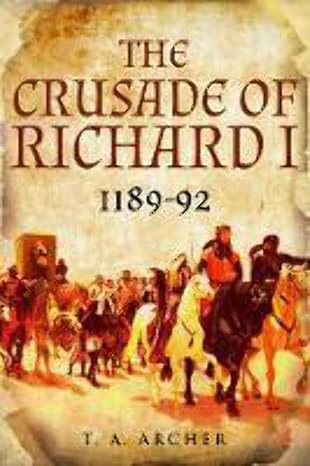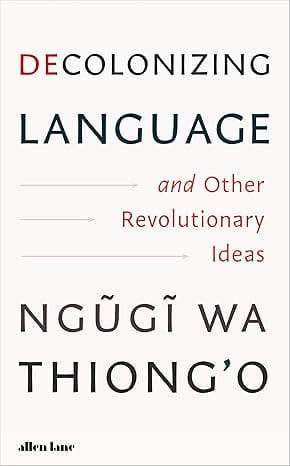-
Non-ficton
- Non-ficton
-
Contemporary Fiction
- Contemporary Fiction
-
Children
- Children
-
Comics & Graphic Novels
- Comics & Graphic Novels
-
Non-Fiction
- Non-Fiction
-
Fiction
- Fiction
What is today the overcrowded neglected city of Old Delhi was once the magnificent capital of the Mughal Empire. At its heart was the spectacular Qila-e-Mubarak now known as the Red Fort. Commissioned by Emperor Shah Jahan in 1639 the beautiful city of Shahjahanabad was built around the spectacular Qila-e-Mubarak (Red Fort) on the banks of the Yamuna. Almost a decade later in 1648 Shah Jahan entered through the river gate and celebrated the completion of this 'paradise on earth' filled with gardens palaces water bodies mosques and temples. About two hundred years later the last Mughal emperor Bahadur Shah Zafar left the fort by the same gate after the failed Mutiny against the British in 1857. Subsequently both the fort and the city fared badly as they faced the wrath of the British.
The final instalment in Rana Safvi's informative illustrated series of books on Delhi Shahjahanabad: The Living City of Old Delhi describes the magnificence of the fort and the city through its buildings that are a living monument to the grandeur and strife of the past.
From the Back Cover
About the Author
Shahjahanabad The Living City of Old Delhi
SIZE GUIDE
- ISBN: 9789353573478
- Author: Safvi Rana
- Publisher: HarperCollins
- Pages: 420
- Format: Paperback
Book Description
What is today the overcrowded neglected city of Old Delhi was once the magnificent capital of the Mughal Empire. At its heart was the spectacular Qila-e-Mubarak now known as the Red Fort. Commissioned by Emperor Shah Jahan in 1639 the beautiful city of Shahjahanabad was built around the spectacular Qila-e-Mubarak (Red Fort) on the banks of the Yamuna. Almost a decade later in 1648 Shah Jahan entered through the river gate and celebrated the completion of this 'paradise on earth' filled with gardens palaces water bodies mosques and temples. About two hundred years later the last Mughal emperor Bahadur Shah Zafar left the fort by the same gate after the failed Mutiny against the British in 1857. Subsequently both the fort and the city fared badly as they faced the wrath of the British.
The final instalment in Rana Safvi's informative illustrated series of books on Delhi Shahjahanabad: The Living City of Old Delhi describes the magnificence of the fort and the city through its buildings that are a living monument to the grandeur and strife of the past.
From the Back Cover
About the Author
Related Books
User reviews
NEWSLETTER
Subscribe to get Email Updates!
Thanks for subscribing.
Your response has been recorded.

India's Iconic & Independent Book Store offering a vast selection of books across a variety of genres Since 1978.
"We Believe In The Power of Books" Our mission is to make books accessible to everyone, and to cultivate a culture of reading and learning. We strive to provide a wide range of books, from classic literature, sci-fi and fantasy, to graphic novels, biographies and self-help books, so that everyone can find something to read.
Whether you’re looking for your next great read, a gift for someone special, or just browsing, Midland is here to make your book-buying experience easy and enjoyable.
We are shipping pan India and across the world.
For Bulk Order / Corporate Gifting
 +91 9818282497 |
+91 9818282497 |  [email protected]
[email protected]
Click To Know More
INFORMATION
POLICIES
ACCOUNT
QUICK LINKS
ADDRESS
Shop No.20, Aurobindo Palace Market, Near Church, New Delhi

